The NHL hit the midseason mark this week, and among the biggest storylines has been the Toronto Maple Leafs’ transformation.
Even some of their biggest rivals are taking notice.
Marchand on the #Leafs: “They’re an extremely good team this year. They’ve been building for a while now and have really kind of figured out the right way to play, the way they stick up for each other, compete for each other. They’re a different brand of hockey right now.”
— Terry Koshan 🇺🇦 (@koshtorontosun) January 4, 2025
Forty-two games of Craig Berube hockey have led to this: The Leafs have the sixth-best record in the league, on pace for 109 points, which would be good for second in what’s looking like a shallower Eastern Conference.
The record isn’t what’s different, though. The Leafs had 115 points three years ago and then 111 in 2022-23 before a step back to 102 last year.
What’s changed is the Leafs are no longer a possession team (24th in the league). They often get outshot (20th). Their goalies steal them games (3rd in save percentage). They allow scoring chances regularly (19th in expected goals against at even strength) but limit high-danger opportunities better than other clubs (12th).
They win more games with their penalty kill (7th) than their power play (18th). They’re no longer an offensive juggernaut (12th). But they hit (5th), block shots (6th), win faceoffs (4th), win when they score first (1st) and win in close games (3rd).
All of that with $46.7 million of their cap space — 53 percent of the limit — tied up in four high-skill players.
The Leafs had been moving in this direction, bit by bit, over the past few years. They, for example, finished second in hits last season after adding Ryan Reaves, Simon Benoit, Ilya Lyubushkin, Joel Edmundson, etc.
But they feel like a different animal this season, even with the Core Four (and Morgan Rielly) still at the centre of it all.
The large part of the Leafs fan base that loves hard-nosed, no-nonsense hockey is overjoyed with the shift, especially after the old way failed so many times in the postseason. Even if the individual games aren’t always as exciting, and even if they technically had a better regular-season record in other seasons, this is what many people here have wanted from this team.
A bit more backbone. A bit more in line with franchises like the Boston Bruins, who have tormented the Leafs now for more than a decade.
If you’re a regular listener to our podcast, you’ve heard Jonas and I kick this subject back and forth all year: Can the Leafs keep winning this way — losing the possession battle, relying heavily on goaltending, and having a harder time scoring than we’re used to seeing given their talent level?
I tend to lean more toward “yes” than he does, for a few reasons I’ll get into a little further down. But first I wanted to highlight a few trends that explain how the Leafs have been winning through 42 games, from a few different angles.
First, the basics: goals for and against.
This chart looks at the Leafs scoring at even strength using a 10-game rolling average, which shows how they’ve produced and prevented goals in segments all year. The blue line being above the red line is how you end up with a positive goal differential and win more games than you lose.
These metrics can fluctuate pretty wildly as teams go on shooting benders and goalies make (or don’t make) saves. Toronto has ridden a roller coaster this season — it was a very high-scoring team to start the year and is lately again, with a goal drought through the middle portion of the first half.
The biggest factor behind the Leafs’ goal scoring shifting like this has been injuries, not good (or bad) fortune. The combination of Auston Matthews being a shell of himself and the bottom six being hollowed out by absences meant they had to find ways to win games other than scoring their way out of trouble.
It’s not a coincidence that when the Leafs’ five-on-five scoring hit its lowest point, shown here (Game 22 against Florida at the end of November), they didn’t have Matthews and were playing four Marlies (Nikita Grebenkin, Fraser Minten, Alexander Nylander and Alex Steeves) in a regular role.
I mean, look at this forward group going up against the defending champs on the road.
Projected Leafs lineup for tonight’s games in Florida
McMann – Tavares – Marner
Robertson – Holmberg – W. Nylander
Grebenkin – Minten – A. Nylander
Steeves – Dewar – LorentzMcCabe – Tanev
Rielly – Ekman-Larsson
Benoit – TimminsStolarz starts
Woll@TSN_Edge— Mark Masters (@markhmasters) November 27, 2024
It’s also not a coincidence that the Leafs have been scoring more lately. Over the past 13 games, starting when Bobby McMann returned to the lineup, they are the fourth-highest-scoring team in the league with an impressive 3.62 goals per game.
Some of that is hot shooting, but this was a team due for some better fortune in that department. And it’s easier to shoot hot when you have, well, NHL shooters.
Which brings us to the next chart.
That’s the Leafs shooting percentage up against their opponents’ shooting, again using a 10-game rolling average.
On the season, the Leafs are shooting 9.3 percent at even strength, which is 10th in the NHL and barely above average. With their talent level, when healthy, they should easily be able to maintain (or exceed) that.
And, again, I would argue injuries are the biggest culprit for the dip there in the middle. You become a very easy team to shut down without Matthews and two or three other top-nine regulars.
The good news is Leafs were able to avoid a slump thanks to incredible goaltending from Anthony Stolarz and Joseph Woll during the scoring lull. The Leafs’ save percentage has been inching down of late, as maintaining a .920 over a full season in this scoring environment, and with third- and fourth-stringers getting games, wasn’t going to be possible.
It’s good timing, then, that the pucks are going in again.
The statistic we typically use to measure a team’s good fortune is called PDO, which some refer to as “percentage-driven outcome.” The Leafs PDO at even strength so far this season sits at 1.02, fifth highest in the league and just under the upper bounds of what is considered sustainable over a full season.
Yes, I do have a chart for the Leafs for that.
NHL teams tend to regress to close to 100 over a season. But they don’t always end up there, as some teams have better shooters and better goaltenders than others.
That the Leafs have avoided almost any 10-game segments below that midpoint highlights how they’ve found a way to either get goals or saves (or both) when they’ve needed them.
That’s a great recipe for avoiding a slump in the NHL.
Have they been somewhat fortunate? Yes, a little. But that’s been counterweighted by all the injuries, especially the one that has limited Matthews most of the year.
The last chart I have looks at how well the Leafs have controlled scoring chances throughout the season. In blue is expected goals share (xG%), which is a metric that attempts to measure the quality of all scoring chances. In red is high-danger scoring chances share (HD%), which focuses on the highest quality opportunities, from in the slot or tight to the net.
Over 50 percent means a team has more of the chances. Under 50 percent, they have less.
The trend here isn’t hard to spot for Toronto.
Through the first 20 games of the season, the Leafs had 51.7 percent of the expected goals and an impressive 55.4 percent of the high-danger chances, the latter of which is an elite number (5th in the NHL at the time).
You can see how even as the Leafs’ ability to control scoring chances overall has slipped, they’ve continued to fare well at owning the battle for the highest quality chances (note the gap between the red and blue lines over the last 15-odd games), which is one key thing Berube is looking for.
“We’re really doing a good job in the slot area,” Berube said earlier in the season. “We’re heavy down low in our zone. Our D are doing a great job of killing plays, and our forwards are protecting the middle of the ice really well. That’s key, and that’s what you’ve gotta do.”
All true. It’s worth noting, however, that when Berube took over the St. Louis Blues in 2018-19 and led them to a Stanley Cup, they completely dominated in both of the above statistics, finishing first in the NHL in expected goals and high-danger chances share in the 63 regular-season games he coached that year.
The Leafs are not at that level at this point under their new coach.
There are other areas they need to improve on, too, if they’re going to maintain their record the rest of the way, finish atop their division and maybe even win the East. The power play remains a drag on offence and they’ve slipped in terms of how many quality chances they’ve been allowing of late, something that won’t be helped without Jake McCabe in the lineup.
But if they can get better health up front — the Leafs sit fourth in the NHL in cap hit lost to injuries among forwards ($4.83 million) — and make an addition or two before the March 7 trade deadline, they’re going to outscore some of their problems and give their goaltenders more breathing room.
Especially if Matthews can play the way he has the past few games since returning from injury.
There’s definitely a path here for the Leafs to finish the season as one of the league’s top teams and enter the playoffs playing a markedly different style than we’ve seen from this core before.
Whether that leads to better success in the postseason is tough to forecast, given the level of parity in the league right now, but they’ve definitely put themselves in solid position through 42 games despite facing some adversity and having to adapt to a much different system.
(Photo of Auston Matthews, Matthew Knies and Chris Tanev: John E. Sokolowski / Imagn Images)

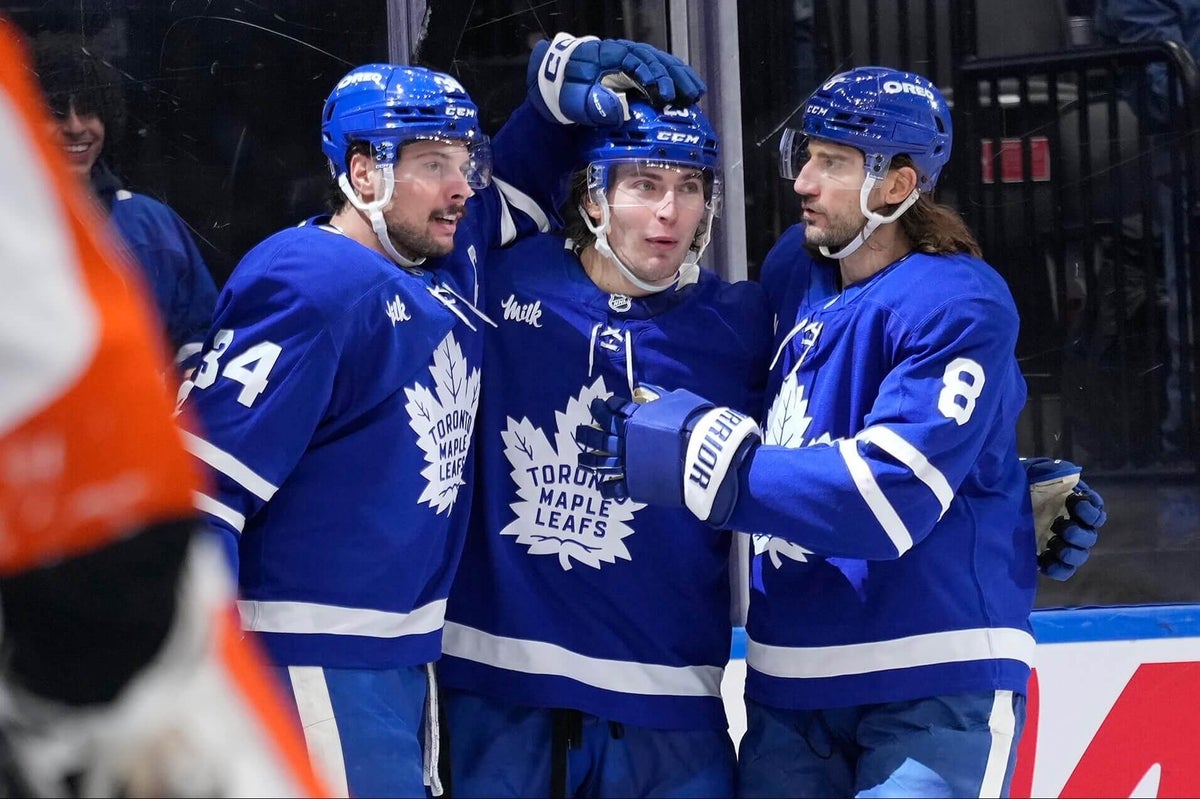




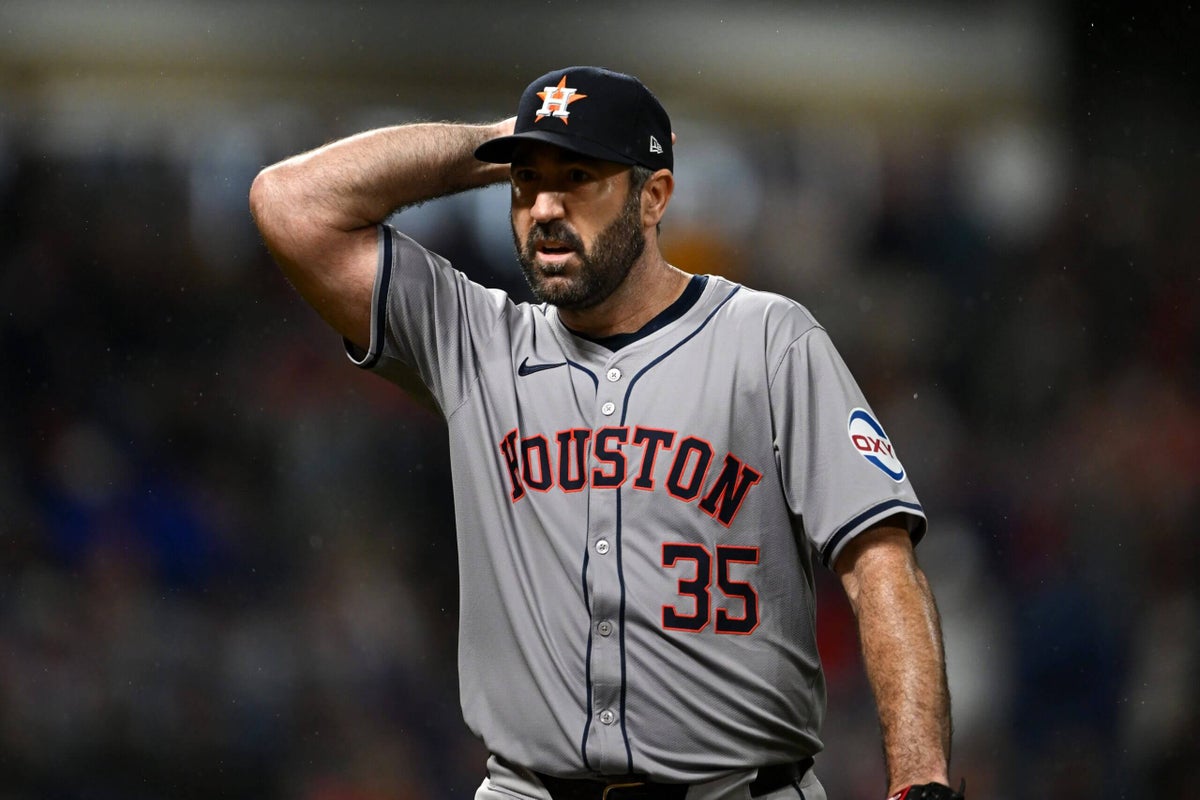
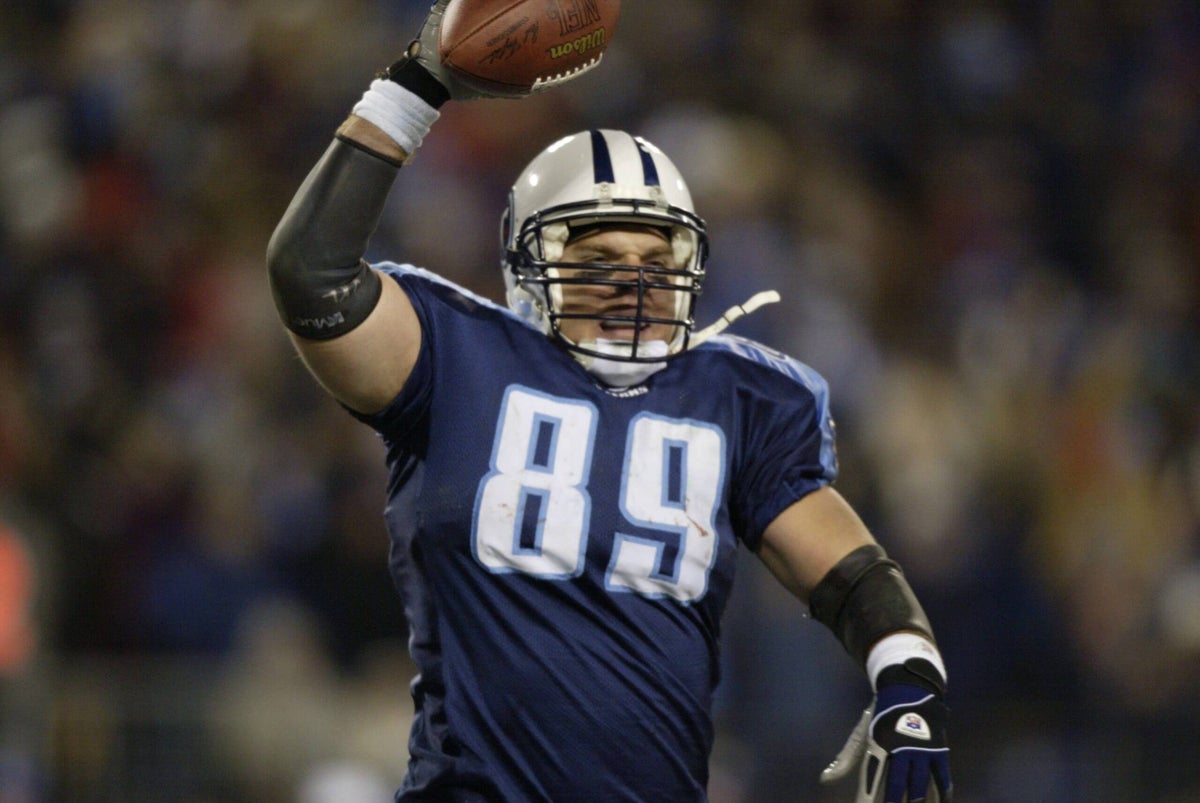
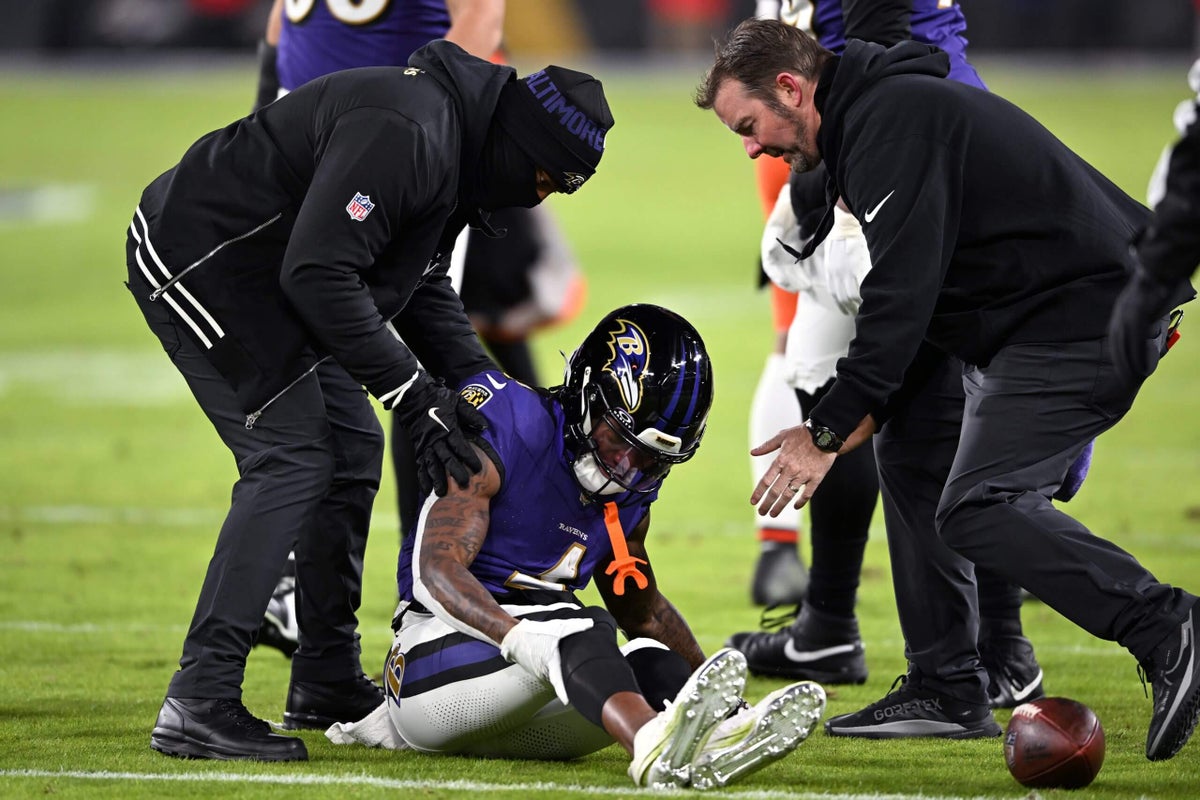



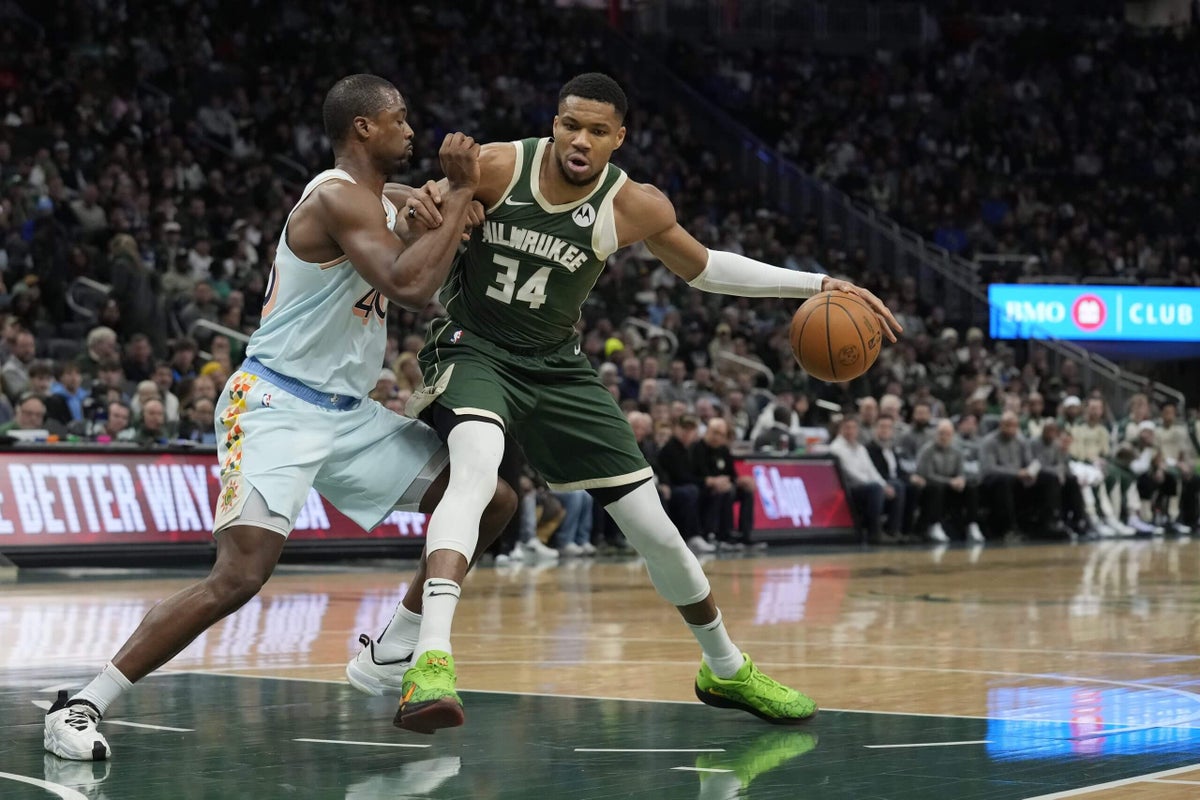
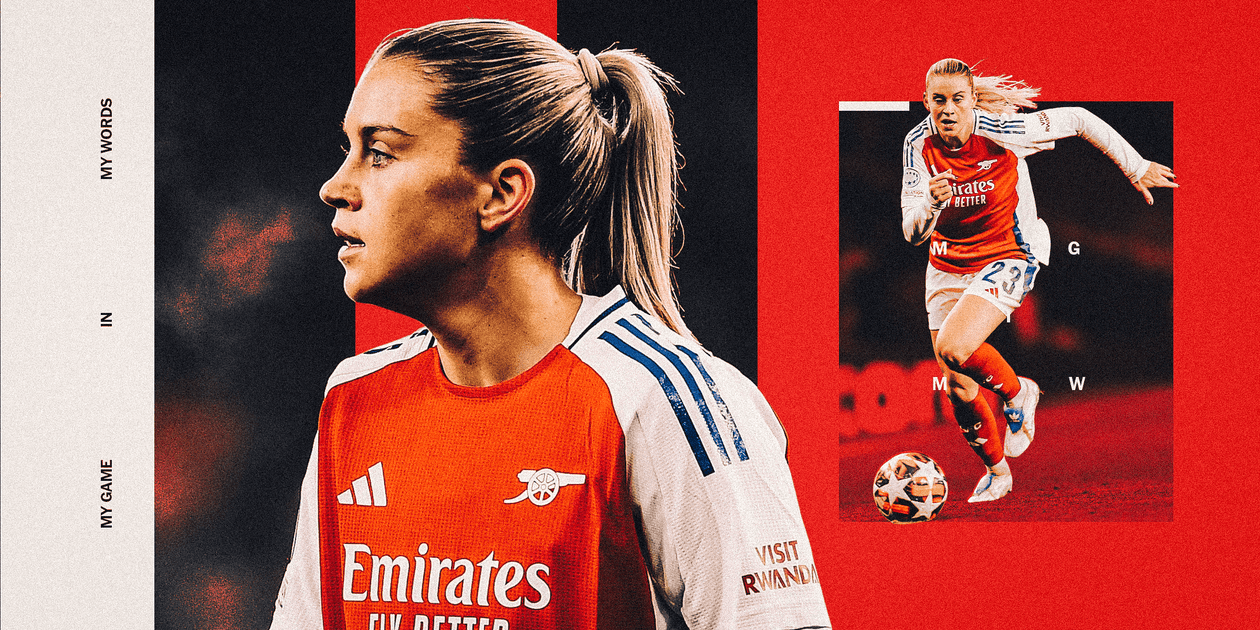
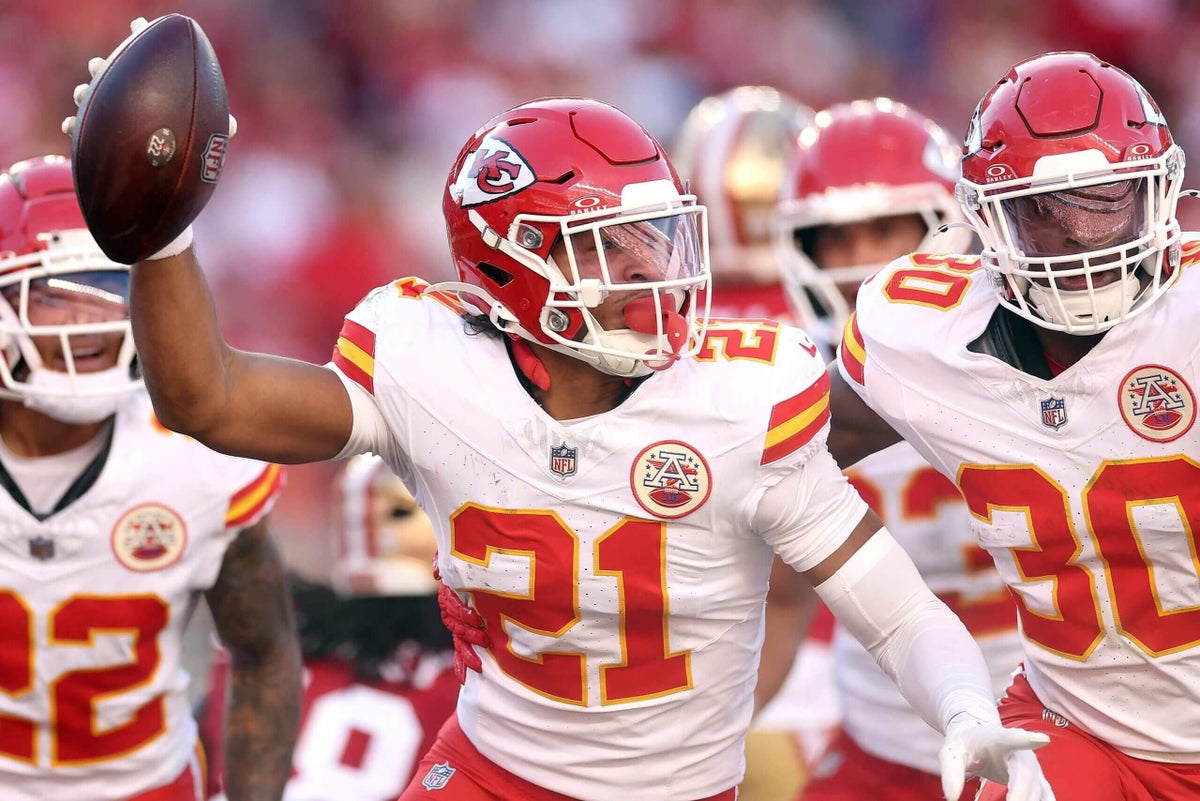



Leave a Reply